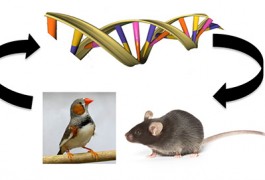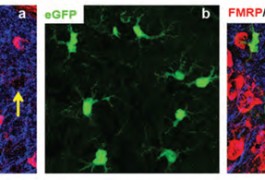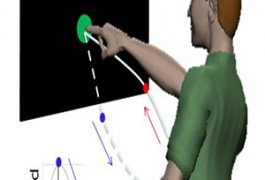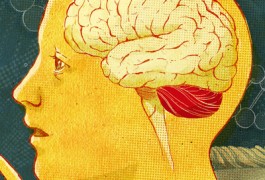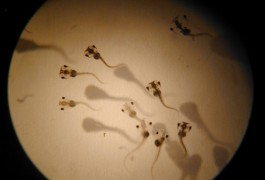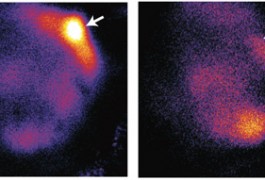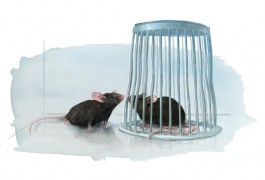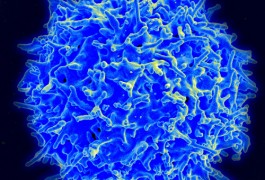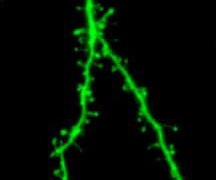Songs, squeaks combine to tell story about human language
Birdsong is a valuable tool for studying language, and mice are the models of choice for genetic manipulation of behavior. Together, birds and mice can yield unparalleled insights into human language, suggests unpublished research presented yesterday at the 2014 Society for Neuroscience annual meeting in Washington, D.C.

